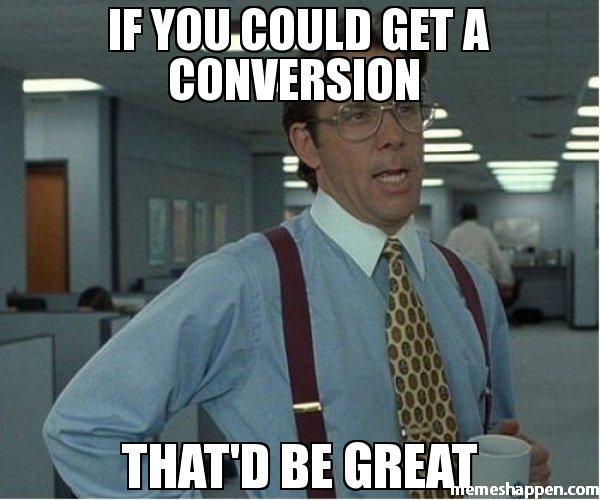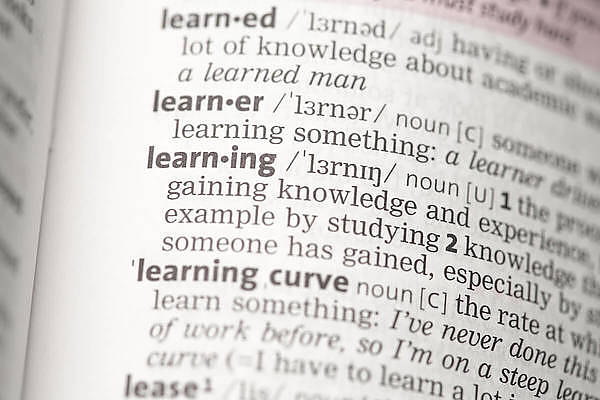Discover why speed is the secret sauce of business success. We dive into its impact on SEO, user experience, and more. Stats included!
Ah, speed. It's not just for race cars and Olympic sprinters. In the digital realm, speed is the unsung hero that can make or break your business. And we're not just talking about how quickly you can whip up a latte while your site loads. Nope, we're diving into the nitty-gritty of website speed and its colossal impact on your business. Buckle up! We’ve peppered some stats below for you from different studies to throw things into perspective.
Why Should You Even Care About Website Speed?
Let's get real. You're a business owner, not a tech geek. You've got products to sell, deals to close, and no time to worry about milliseconds. But here's the kicker: those milliseconds can cost you big bucks. Slow website speed is like that one friend who's always late—annoying, right? Now imagine your customers feeling that way. Not a pretty picture.
The Financial Toll of Sluggish Speed
You might think a few seconds don't matter, but they do. A study by Google found that as page load time goes from one to three seconds, the probability of a visitor bouncing increases by 32%. And if you think that's bad, the bounce rate skyrockets by 90% when page load time is five seconds. That's potential revenue slipping through your fingers like sand.
User Experience: The VIP of Digital Real Estate
First impressions matter, especially online. A slow website is the digital equivalent of showing up to a business meeting in sweatpants. It screams, "I'm not ready for you!" A fast-loading website, on the other hand, rolls out the red carpet for your visitors, welcoming them into a sleek, efficient experience.
The Numbers Don't Lie
According to a study by Akamai, 53% of mobile site visitors will leave a page that takes longer than three seconds to load. And it's not just mobile users; desktop users are equally impatient. A two-second delay in web page load time increases abandonment rates by up to 87%. So, if you're not fast, you're last.
SEO: The Alphabet Soup That Matters
Search Engine Optimization (SEO) is the magic wand that makes your website appear in Google's coveted top spots. And guess what? Google loves speed. A slow website is like trying to win a marathon with a pet turtle; you're not going to get far.
Google PageSpeed and Performance Metrics
Google's PageSpeed Insights tool measures how well your website performs based on a variety of factors, including speed. The tool gives you a score between 0 and 100, and let's just say, you want to be closer to 100. Google uses this score as a ranking factor, so a low score could mean a lower spot on the search results page. According to Google, a one-second delay in mobile load times can impact conversion rates by up to 20%. So, if you're not up to speed, you're essentially telling Google, "Nah, I don't want to be on the first page."

The Domino Effect: Speed's Impact on Metrics
Bounce Rate: The Party Pooper
Slow load times increase your bounce rate, the percentage of visitors who leave your site without interacting. It's like throwing a party and having everyone leave because you ran out of snacks. Don't be that host.
The Stats Say It All
A study by Pingdom revealed that websites with a load time of 2 seconds have an average bounce rate of 9%, while those with a load time of 5 seconds see their bounce rate jump to 38%. That's a fourfold increase, folks!
Conversion Rate: Show Me the Money!
A fast website is like a skilled salesperson; it efficiently guides the customer through the buying process. Slow speed, however, is the awkward silence that kills the deal. According to studies, a 1-second delay in page load time can result in a 7% reduction in conversions. Ouch!

Customer Retention: The Gift That Keeps on Giving
Repeat customers are the peanut butter to your business's jelly. A fast website encourages them to stick around, while a slow one sends them running to your competitors.

The Webflow Advantage: Speed Meets Beauty
Now, you might be thinking, "Great, another thing to worry about." But fear not, dear business owner. That's where platforms like Webflow come in. Webflow doesn't just make your website look like a million bucks; it ensures it runs like a well-oiled machine. It's like having a personal trainer and a stylist all in one. Hosted on AWS, backed by Fastly and if your developer is doing his job, speedy, clean code.
Quick Fixes for the Non-Tech-Savvy
Alright, let's get you some quick wins without diving into the tech abyss:
- Optimize Images: Think of it as digital weight loss. Smaller image files load faster.
- Leverage Browser Caching: It's like meal prepping for your website. Store frequently used files for easy access.
- Minimize HTTP Requests: Cut the chit-chat between your site and the server to speed things up.
For the more tech savvy
We’ve done a number of posts over the years about improving page speed, so please, check them out:
- Supercharge Your Webflow Project with Cloudflare: A Deep Dive into Our Image Optimization Script
- Using Webflow with Cloudflare to cache and speed up your Webflow Project
- Embracing the Future of Webflow Development: Is Finsweet Client-First Right for You?
- Boost Your Website's Performance with Cloudflare's Zaraz Tag Manager: A Step-by-Step Guide to Implementing Zaraz and Adding Google Analytics 4 on Webflow
- Optimizing Vimeo Background Videos in Webflow Using Object Intersection Code for Improved Performance
- Improve Google Page Speed & SEO with Tag Manager & delayed Triggers
Final Lap
So there you have it. Website speed isn't just a "nice-to-have"; it's a "must-have" in today's digital age. And while we're not trying to sell you anything (wink, wink), we do know a thing or two about creating lightning-fast websites that look stunning. So if you're in the market, you know where to find us.
Ready, set, speed! 🚀









